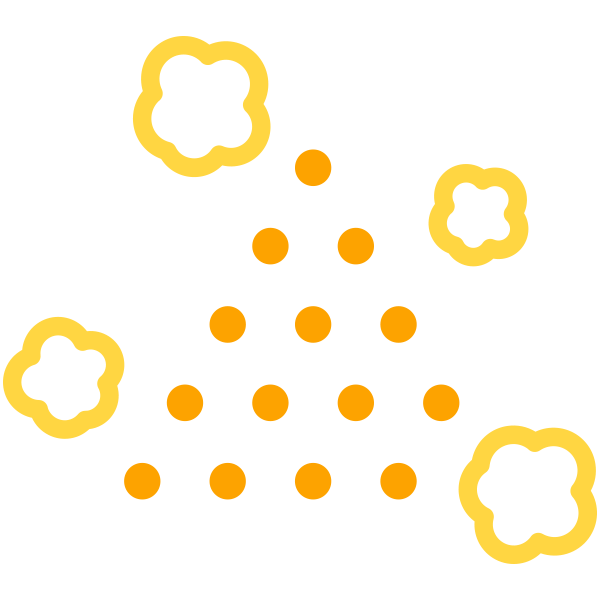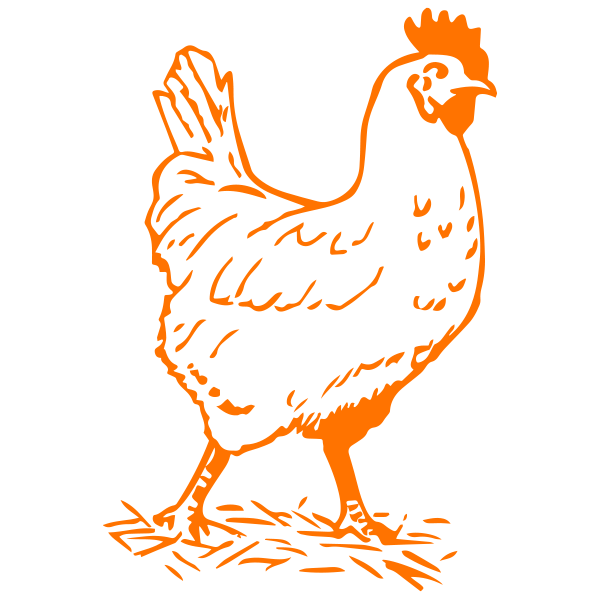Fats and oils are normally included in poultry diets. However, some feed diets are already missing them. Let’s take a review of some reasons we should include them at the time of formulating our diets.
-

Fat and oil have the highest energy content of all feed raw materials; about three times higher than starch (the most important carbohydrate as an energy supplier in feed mixtures).
-

No high-energy mixture is possible without the addition of fat or oil, even if maize is the sole grain base.
-

The energy content of the feed controls the feed intake when fed without any restrictions. A higher energy content lowers the daily feed intake, while a lower energy level will lead to increased intake.
-

The efficiency of the feed is determined by the feed conversion (feed intake in relation to the egg mass produced).
-

Fats and oils bind the fines in mash mixtures, making the feed more homogeneous and less susceptible to segregation.
-

The addition of fat and oil in the feed also reduces the formation of dust, not only during feed production but also in further handling of the feed (reducing the risk of dust explosions).
-

Fat and oil in the feed supports the absorption of fat-soluble vitamins (vitamins A, D, E, K).
-

The addition of fat and oil also supports liver health (the liver as the most important metabolic organ of laying hens) and reduces the occurrence of fatty liver syndrome (FHLS).
-

The addition of fat and oil in the feed alongside an associated higher crude fat content does NOT lead to fatty hens or to increased storage of body fat, as it is often suggested (under the prerequisite the hens get an adequate and balanced amino acid supply).
-

A higher crude fat content in the feed offers significant relief to the hens during periods of heat stress since the use of fat and oil in the metabolism results in less metabolic heat production than comparatively, the digestion of starch and protein.
-

By controlling the fatty acid pattern in the feed (from different fats and oils), a control / influence of the egg weight is possible.
-

The addition of fat and oil in the feed mixture increases the acceptance/palatability of a possibly too fine, floury feed and thus the feed intake; this subsequently increases the performance of the hens.










 Nutrition
Nutrition